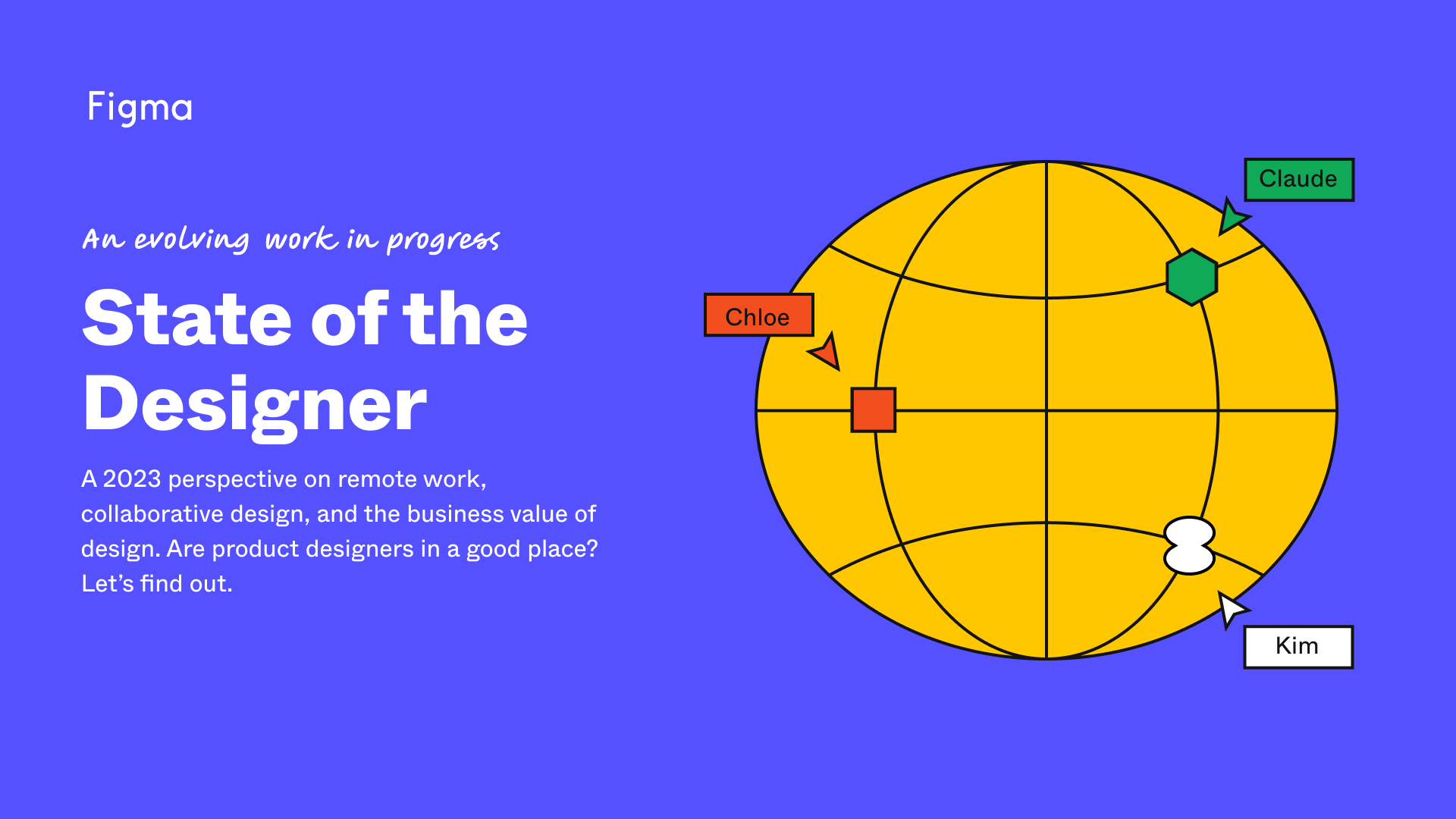
The global pandemic drove businesses and employees everywhere to evolve to a new way of remote working. With everyone sitting at home online, there was more pressure on creating better digital user experiences than ever before. That meant the demand for good UX and product designers spiked, and product designers also had to adapt to new ways of working.
A few years on from the pandemic, where are we today? Figma surveyed 470 designers across the globe and has collated its findings into a State of the Designer report. Here are its main findings:
01. Remote working
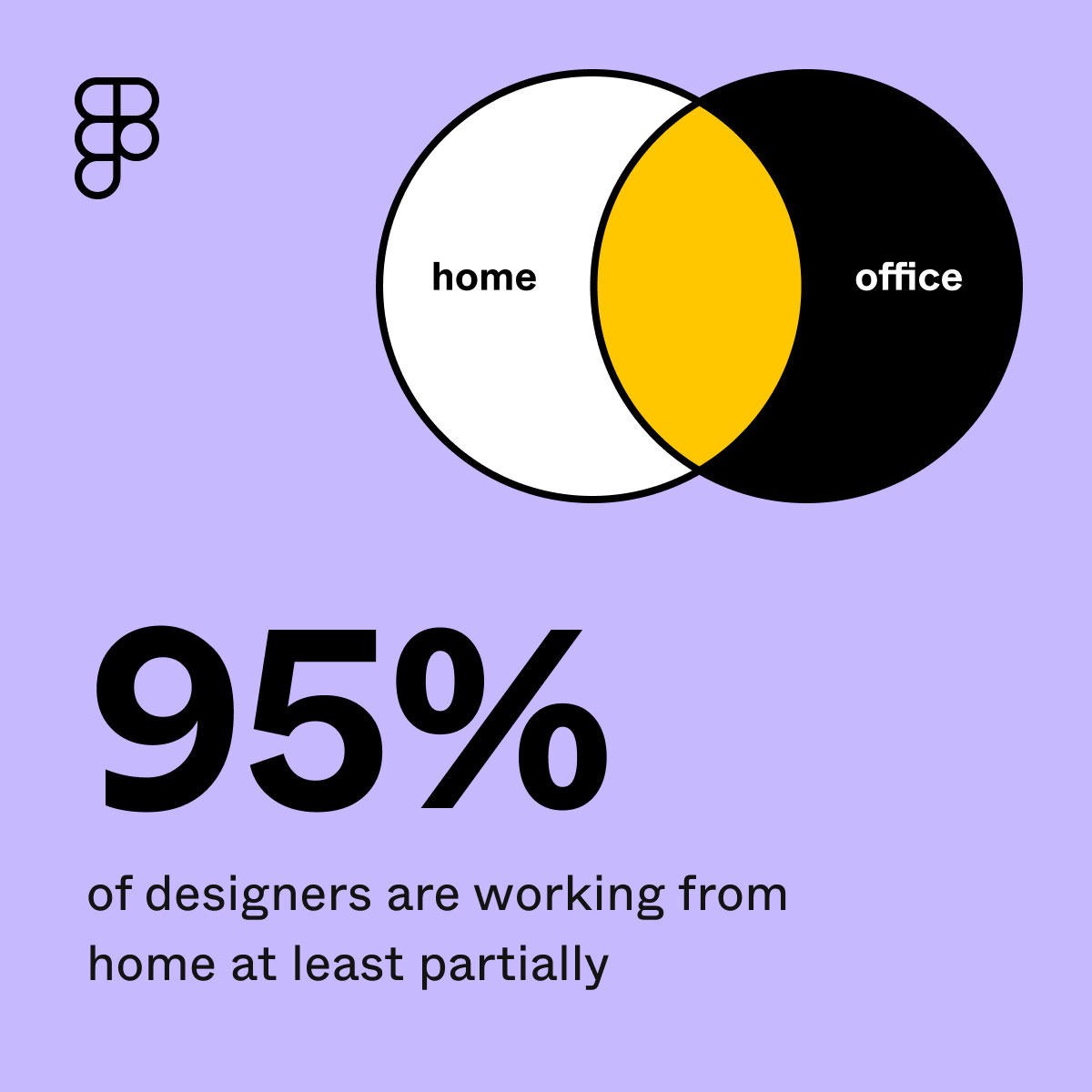
While some have slipped back into more traditional working ways, the majority of design roles today remain remote or hybrid. According to Figma’s study, France has the highest number of remote working designers, closely followed by Australia and New Zealand with 83% and then the UK with 81%.
The shift towards remote working isn’t as noticeable in other parts of the world, with lower rates in India and Japan (56%). Just over half of respondents say that their employer encourages them to work where they feel most productive, while 36% say they are still encouraged to work more from the office. Remote working effectively relies on having the right tools and the right attitude. Which leads us on to…
02. Collaborative working
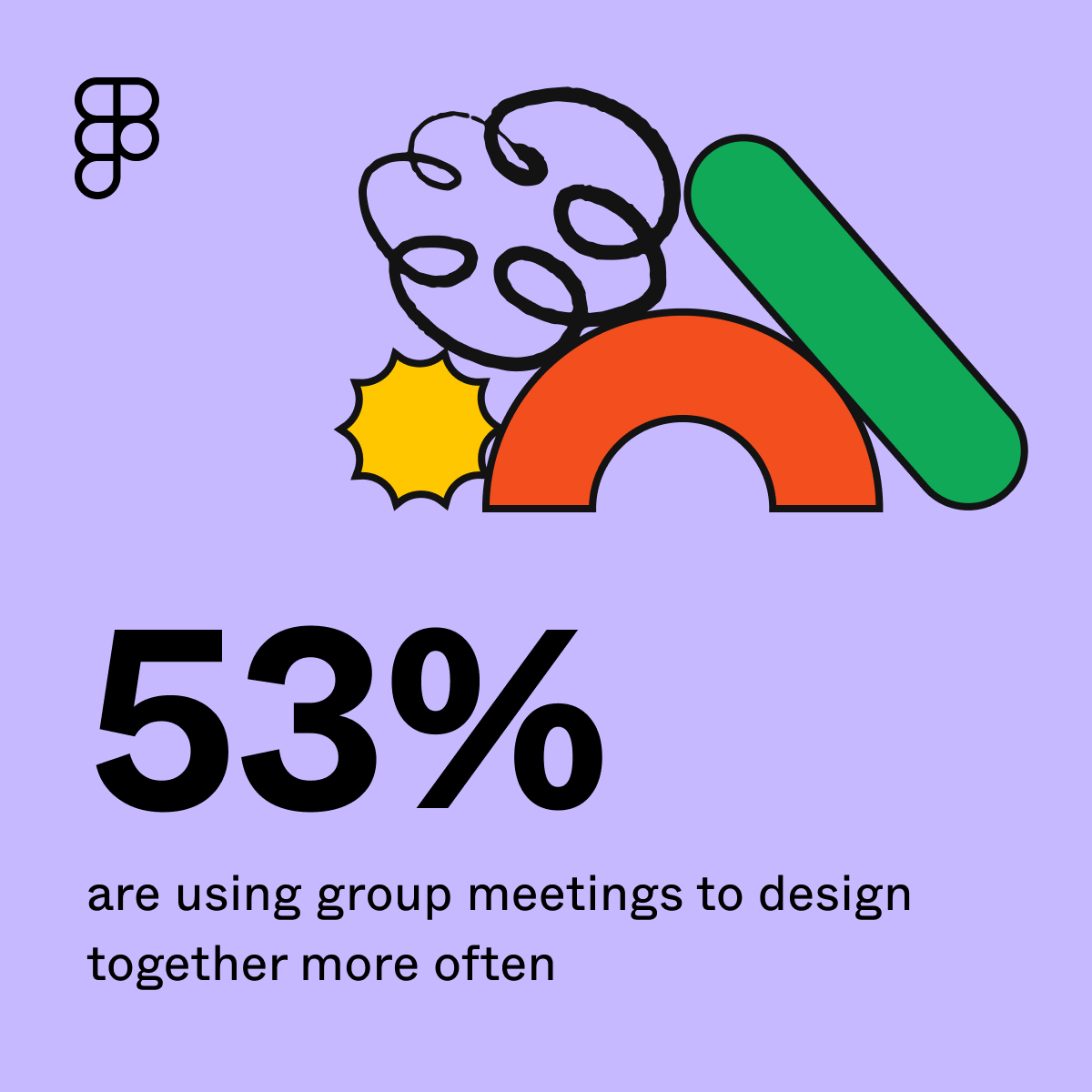
Working away from an office doesn’t necessarily mean that people are working independently, as 53% of respondents are using group meetings to design together more often. Utilitising project management tools and task manager tools can help keep things organised, although Figma notes that effective collaboration is more about believing in the quality of the work, rather than the tools used or where the work is done.
03. New tools
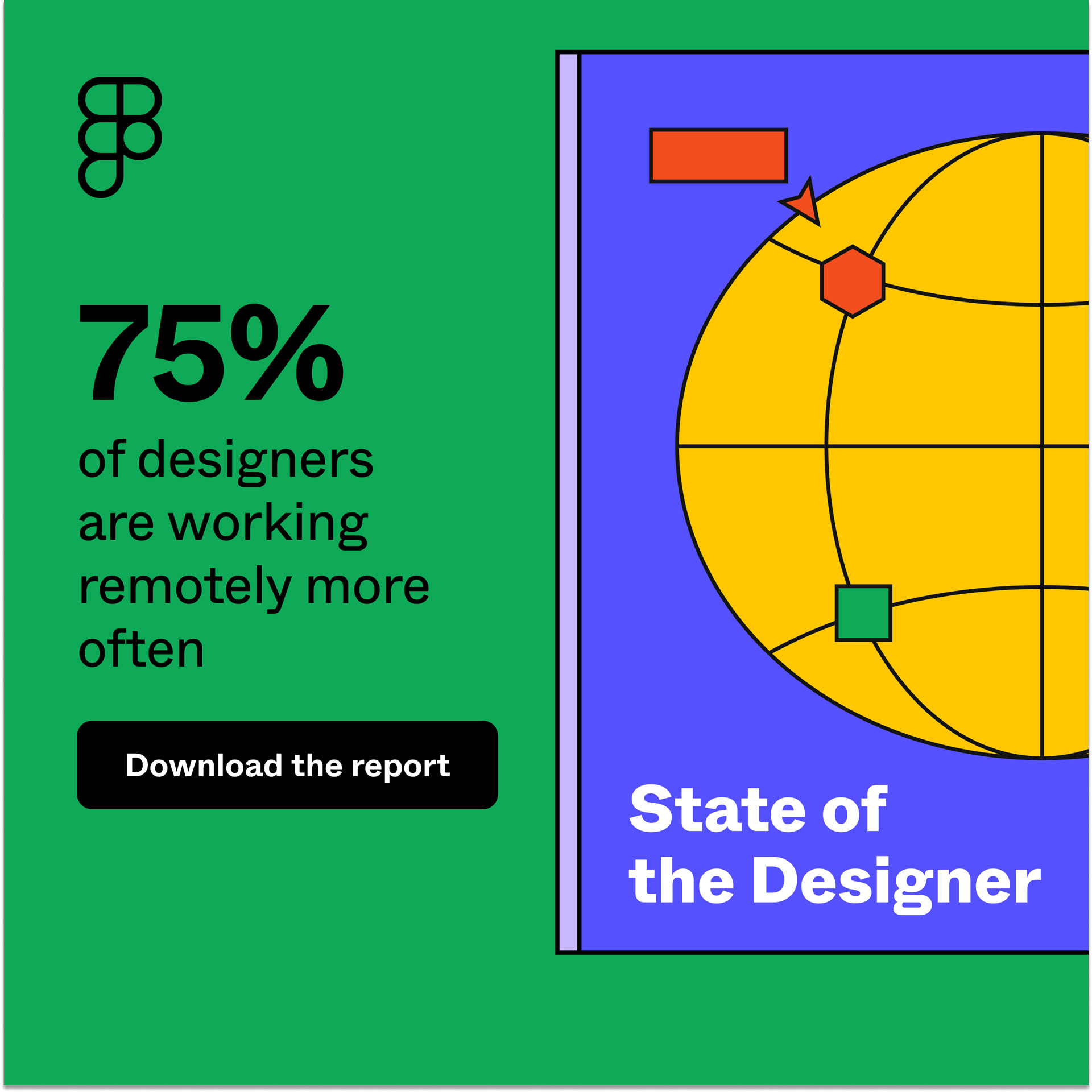
An array of apps have been launched in the last few years, but video meetings, collaborative design tools and digital whiteboards have come out on top, as these enable live collaboration and connection.
However, a Figma-commissioned study from Forrester found that sometimes, the multitude of tools can lead to duplicated effort. On a positive note, a healthy amount (62%) of designers found that their digital product development workflows have improved, which has largely been enabled by better tools.
Figma notes that an improvement in tools doesn’t mean a “cure-all for design challenges.” It points to thoughtful implementation, cross-team alignment and continuous learning as key to productive collaboration and productivity.
04. The group meeting factor
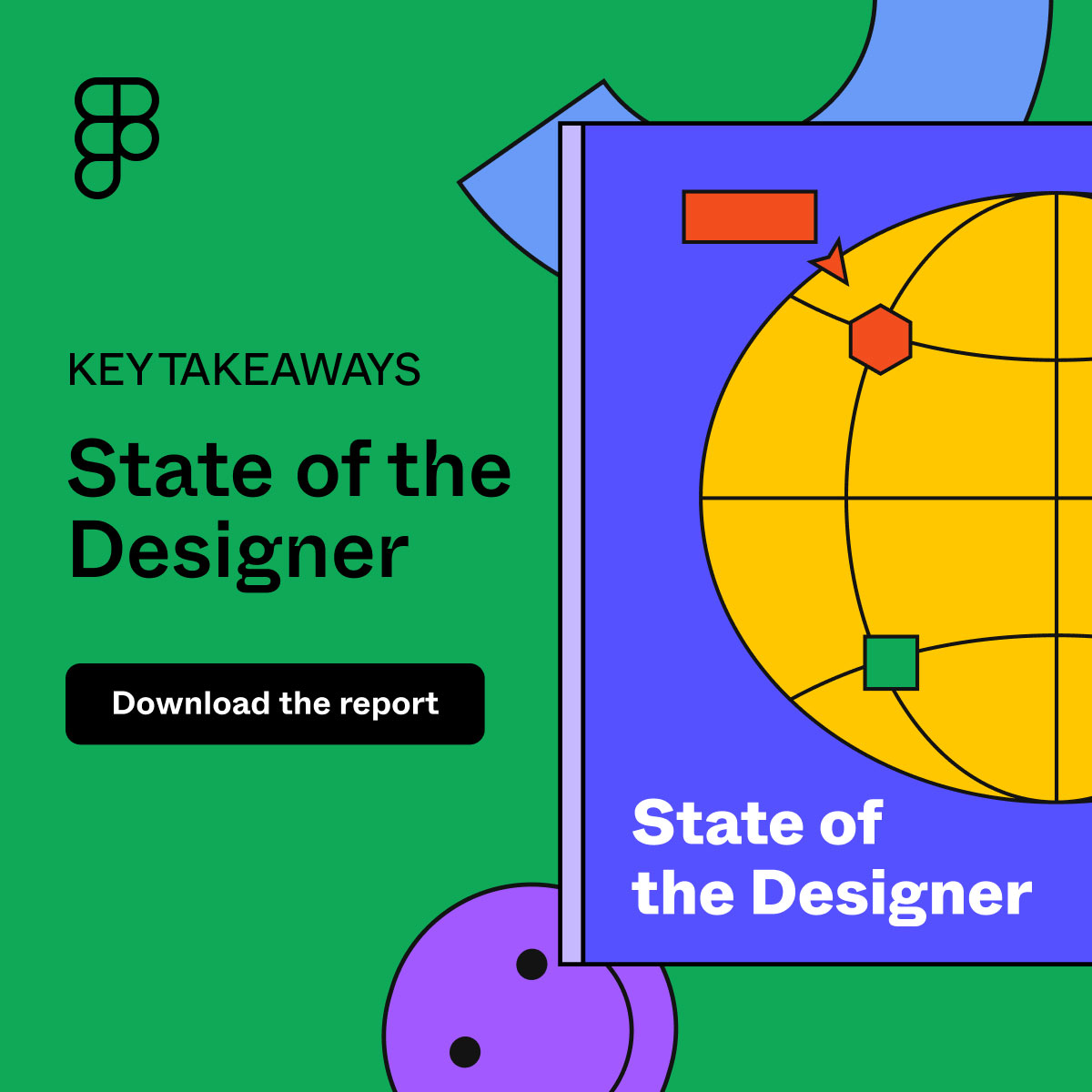
Collaboration is a word that keeps coming up when discussing design in today’s climate. Figma believes that one type of collaboration is key to success: those who frequently collaborate in group meetings are happier, and more productive. And on the flipside, those who aren’t using group meetings are more likely to feel distant from their peers.
As group meetings and interaction is key, it seems that building moments where work is secondary can foster stronger relationships between colleagues, although it’s not always easy to create these moments when working remotely.
By pinpointing what the issues are, we can work together to make remote working better for all, both in terms of productivity and in terms of happiness.
Find out more by reading the full report.

Curious about a career in UX design? Learn UX and UI from a panel of experts including Figma, Google, Uber and more on Creative Bloq’s UX Design Foundations Course. Sign up today and enjoy a free Figma Pro subscription worth $144, including Figma Design and FigJam.
*This offer is valid for new students of the UX Design Foundations Course only, between the 1st of November and the 31st of December 2023. It grants new students a one-year membership to Figma professional only.







